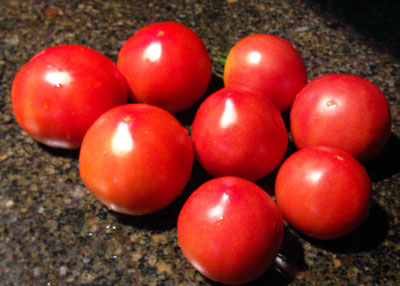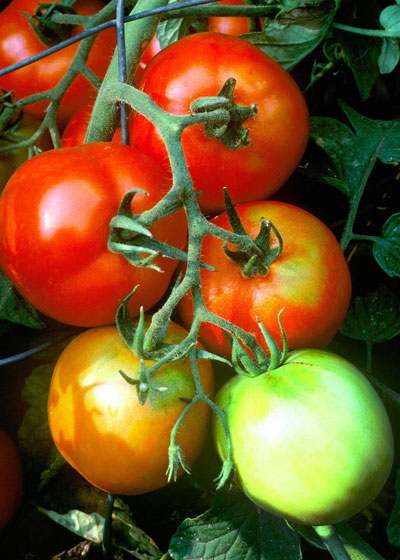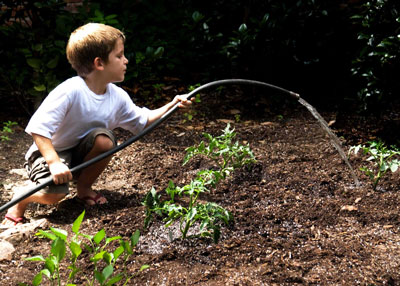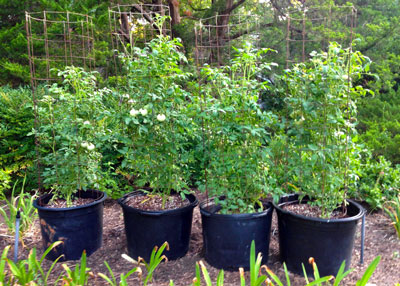Time Here for Fall Tomatoes – Now!

Texas A&M Extension vegetable specialists taught me 50 years ago that fall crops would out-perform spring crops handily, and that tomatoes could lead the way. I’ve been an advocate ever since.
However, there are two huge hurdles in getting Texans to succeed with tomatoes in fall:
1. Getting them to believe that they need to be planted this early in order to make the best possible crop before frost, and
2. Once you convince them, their being able to find the transplants when they go into their favorite nurseries.
By late spring and early summer each year gardeners are usually frustrated by early blight, spider mites, splitting fruit, tomato fruit worms, blossom-end rot and other problems that beset their spring tomatoes that try to ripen in heat.
The fall crop, by comparison, is freed from all of these issues. You’ll get picture-perfect fruit of the highest flavor and texture.
But you must plant by the first week of July (except in far South Texas) to allow enough time for the plants to grow, set fruit and for that fruit to produce a bountiful harvest. Too many people plant later and have plants loaded with green tomatoes when the first freeze rolls through.

Getting the plants started…
Ask your favorite local independent retail garden center if they have fresh tomato transplants in stock. Sadly, they often will not. That’s why I mentioned growing your own a few weeks ago here, either from seed or cuttings. But let’s hope that your favorite nursery will come through for you.
Plant small or mid-sized varieties for fall tomato crops, just as you do for the spring. Large-fruiting types like Big Boy and Beefsteak don’t set well when temperatures are above 90 or below 70 (like the fall plants will encounter).

Acclimate the plants to full, hot sun before setting them into well-prepared garden soil.
Still, provide each plant with temporary shade from a piece of cardboard folded and placed over it like a small tent. Put stakes beneath it so it can’t weight down and crush the plant. Gradually remove it over a period of four or five days.
Grow your tomatoes in wire cylinders. I use cages that are 4 feet tall and 17 inches in diameter, and I make them from concrete reinforcing wire. Push shoots inside the cages to keep the vines and the fruit off the ground.
Apply a water-soluble, high-nitrogen fertilizer to keep the plants growing actively.
See if you don’t agree that fall tomatoes are light years better than the spring crop – but only if you plant soon and take care of your plantings.
Fall tomatoes are great in large pots. I use old 10-gallon nursery pots filled with top quality potting soil.

